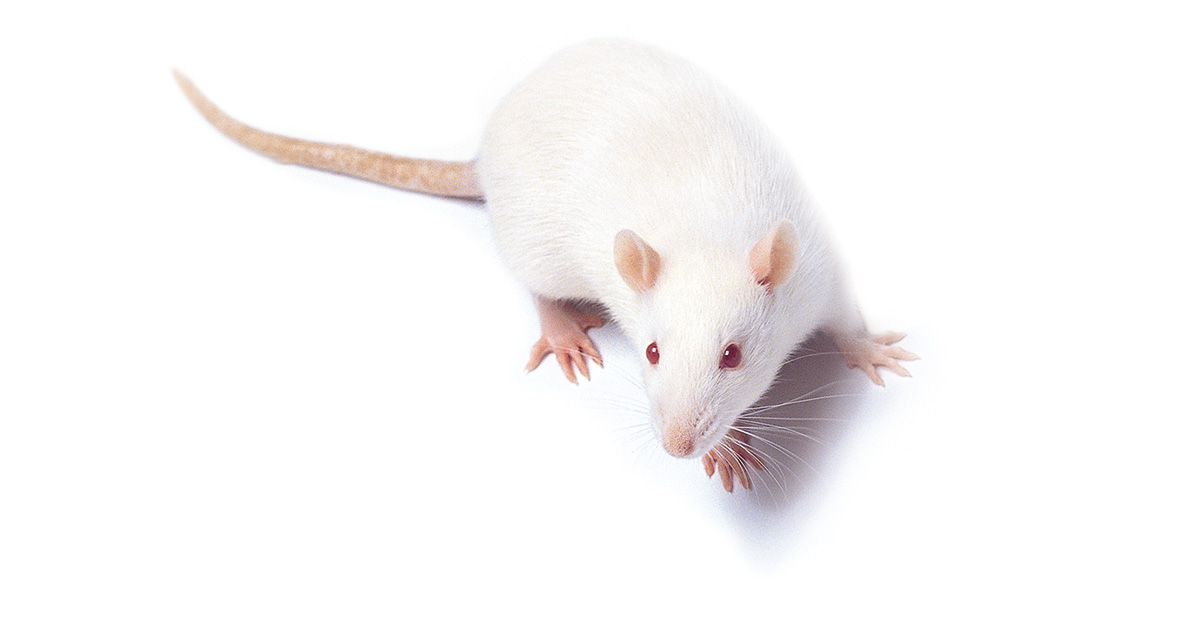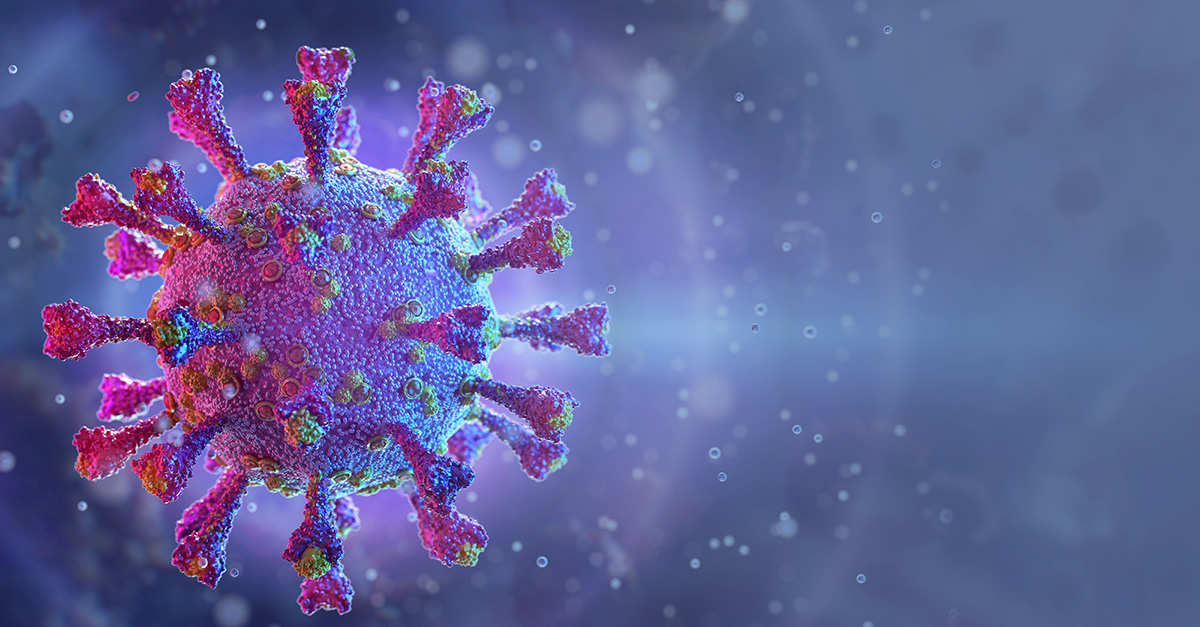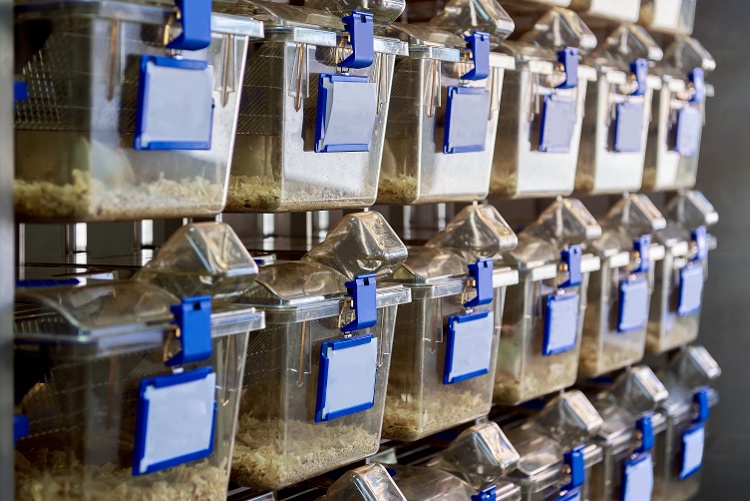

A model research animal: The Wistar Hannover rat
The Wistar Hannover rat (e.g., RccHan®:WIST and HsdHan®:WIST) is widely used in toxicology and carcinogenicity studies, which are necessary for regulatory approval of new drugs and chemicals. The...

From then to now: the role of antibodies in our response to COVID-19
In January 2020, the Director-General of the World Health Organization declared the outbreak of COVID-19 to be a Public Health Emergency of International Concern. For scientists, this confirmed the...

How does diet impact my research?
Scientists meticulously design their research studies so they can make conclusive statements about what their results mean. However, firm conclusions from a single study are rarely the final goal. It...

Collaboration is critical for neuroscience's greatest challenges
Pre-clinical models underpin some of the most exciting discoveries in neuroscience. For example, over the last three decades, animal models have enabled scientists to describe how we navigate our...

Custom antibody production and the value of experience
There are many uses for custom antibodies in research, from developing therapeutics to their use in in vitro assays. Production of antibodies is a technically demanding and time-consuming process,...

The fine art of contract breeding
The quality of preclinical research is key to the successful translation of new drugs to the clinic. An important driver of this quality is a healthy, meticulously managed, and accurately...

Not all surgical models are equal: the beauty is in the details
Surgically modified animal models play a critical role in biomedical research, allowing researchers to mimic the structural and functional properties of human conditions. However, it is only with...

